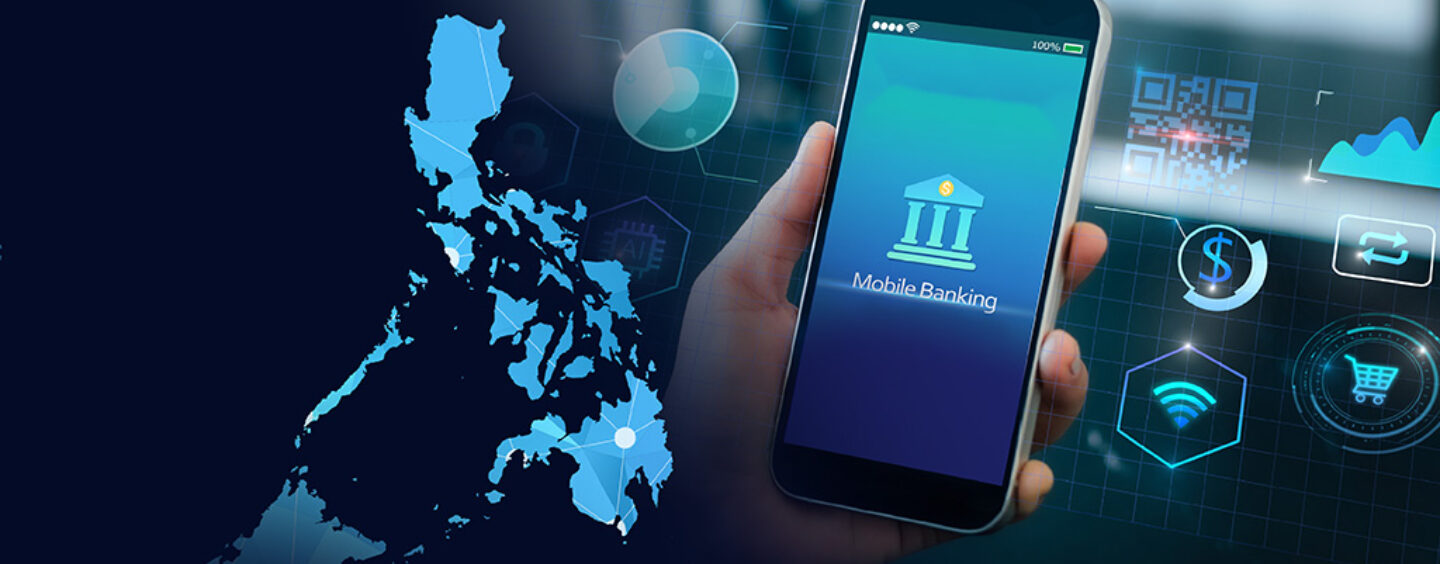March 3, 2025
Southeast Country Bank Marks 50 Years of Excellence

Digital banking has revolutionized the financial sector, offering unparalleled convenience, speed, and accessibility to banking services. However, alongside these benefits come significant risks that need to be meticulously managed to safeguard clients' interests.
1. Cybersecurity Threats Cybersecurity threats represent the most significant risk in digital banking. Phishing attacks are a prevalent issue, where fraudsters use deceptive emails, websites, or messages to trick users into revealing their sensitive information, such as login credentials and financial details. Malware and ransomware are also serious threats, capable of stealing data, disrupting services, or holding information hostage until a ransom is paid. Additionally, data breaches can occur when unauthorized individuals gain access to banking systems, potentially exposing vast amounts of personal and financial information.
2. Identity Theft Identity theft is another major risk, where criminals steal personal information to create fake accounts, conduct unauthorized transactions, or commit other forms of fraud. The consequences of identity theft can be severe, leading to significant financial loss and damage to the victim’s credit reputation.
3. System Failures Technical issues such as server downtime, software bugs, or hardware failures can result in the temporary loss of access to banking services. While often temporary, these disruptions can cause significant inconvenience and may lead to financial losses, especially if transactions are delayed or missed.
4. Unauthorized Transactions If login credentials are compromised, unauthorized transactions can occur. This can happen through various means, including weak passwords, unsecure networks, or successful phishing attacks. The financial losses from such unauthorized transactions can be substantial and stressful for the affected individuals.
5. Privacy Concerns Digital banking platforms collect and store extensive amounts of personal data, raising concerns about how this data is used, shared, and protected. Inadequate privacy protections can lead to data misuse or exposure, affecting clients' trust in digital banking services.
To counter these risks, banks employ a multi-faceted approach involving advanced technology, rigorous protocols, and user education.
1. Encryption Banks use strong encryption protocols to protect data transmitted between the client and the bank’s servers. Encryption ensures that even if the data is intercepted, it cannot be read without the correct decryption key, thereby protecting sensitive information from unauthorized access.
2. Multi-Factor Authentication (MFA) MFA significantly enhances security by requiring users to provide more than one form of verification. This might include something the user knows (password), something the user has (a mobile device for one-time codes), and something the user is (biometric verification like fingerprints or facial recognition). This layered approach makes it much more difficult for unauthorized individuals to gain access to accounts.
3. Regular Security Audits and Updates Banks conduct regular security audits to identify and address vulnerabilities within their systems. Continuous updates and patches are applied to ensure that the latest security measures are in place, protecting against emerging threats and newly discovered weaknesses.
4. Fraud Detection Systems Advanced fraud detection systems utilize algorithms and machine learning to monitor transactions in real-time, identifying and flagging suspicious activity. These systems can detect patterns indicative of fraud and take immediate action to prevent unauthorized transactions, such as temporarily freezing accounts or alerting the client.
5. User Education Educating clients on best practices for online security is crucial. Banks provide resources and training to help clients recognize phishing attempts, create strong and unique passwords, and understand the importance of keeping their login credentials secure. Empowered with knowledge, clients can become the first line of defense against cyber threats.
6. Secure Authentication Methods Biometric authentication, including fingerprint scanning and facial recognition, adds an additional layer of security by verifying the user’s identity based on unique physical characteristics. This method is difficult to replicate or steal, providing robust protection against unauthorized access.
7. Data Masking and Tokenization Data masking and tokenization techniques replace sensitive information with non-sensitive equivalents during transactions. This reduces the risk of data exposure, as the actual data is not transmitted during the transaction process.
8. Robust Privacy Policies Banks implement clear and stringent privacy policies regarding data collection, use, and sharing. These policies are designed to protect client information and ensure compliance with relevant regulations, thereby building trust and confidence among clients.
9. Incident Response Plans Having comprehensive incident response plans in place allows banks to respond swiftly to security incidents. These plans include procedures for containing and mitigating the impact of breaches, restoring services, and communicating with affected clients, minimizing the disruption and potential damage caused by security incidents.
While digital banking offers numerous advantages, it is not without its risks. Cybersecurity threats, identity theft, system failures, unauthorized transactions, and privacy concerns are significant challenges that banks must address. By implementing robust security measures such as encryption, multi-factor authentication, regular audits, fraud detection systems, user education, secure authentication methods, data masking, robust privacy policies, and incident response plans, banks can effectively protect their clients and maintain trust in their digital services. The ongoing evolution of technology and cyber threats necessitates that banks remain vigilant and proactive in safeguarding their clients' interests.